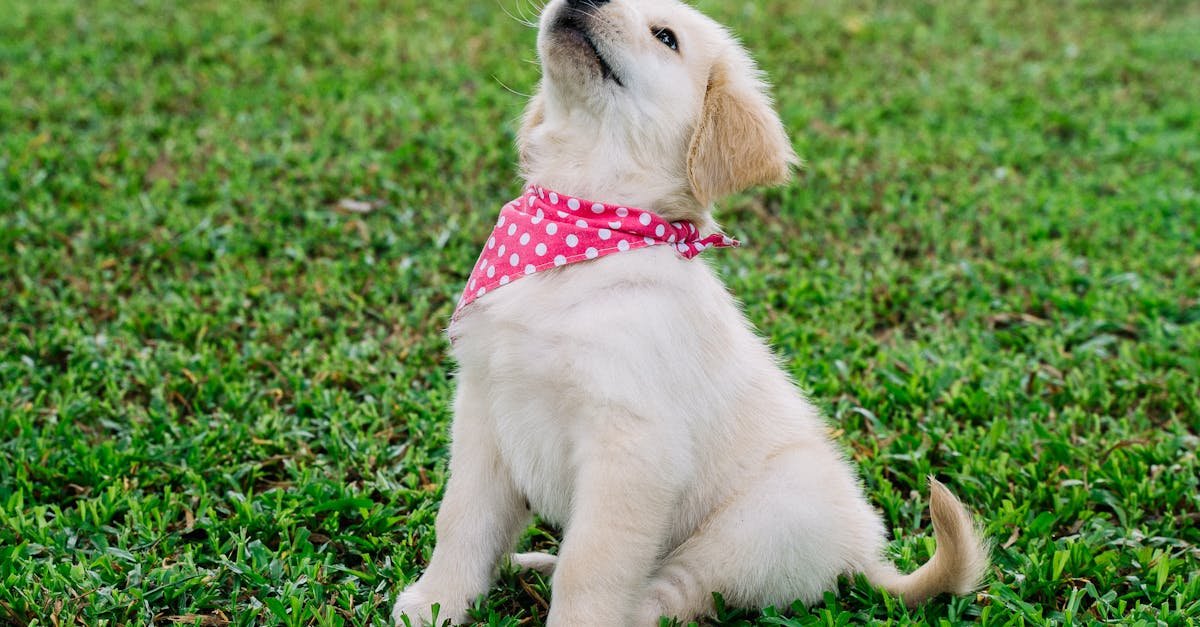
The Ultimate Guide to Pet Training: Building Trust and Good Behavior
Your roadmap to teaching dogs and cats with patience, consistency, and science-backed methods.
⏱️ Estimated Reading Time: 8 minutes
🔑 Key Takeaways
- Positive reinforcement builds trust faster than punishment-based methods
- Leash training prevents pulling and keeps dogs safe
- Potty training requires strict schedules and immediate rewards
- Most cats instinctively use litter boxes with minimal guidance
📖 Table of Contents
- Benefits of Positive Reinforcement Training
- Leash Training for Dogs
- Potty Training Tips for Puppies
- How to Train Cats to Use a Litter Box
- FAQ
Benefits of Positive Reinforcement Pet Training
Positive reinforcement training focuses on rewarding good behavior instead of punishing mistakes. Studies show it’s more effective than punishment-based methods (Revelation Pets).
Why It Works Better Than Punishment
- Builds trust: Pets learn without fear
- Strengthens your bond: Rewards create positive associations
Leash Training for Dogs: Steps for Stress-Free Walks
Use a front-clip harness and practice the “stop and wait” method to discourage pulling (RSPCA).
Step-by-Step Guide
- Stop walking if your dog pulls
- Reward calm behavior with treats
Potty Training Tips for Puppies
Take puppies outside every 1–2 hours and use enzymatic cleaners for accidents (Chewy).
Effective Strategies
- Watch for sniffing or circling signals
- Never yell—this creates fear
How to Train Cats to Use a Litter Box
Most kittens learn naturally, but place the box in quiet areas and reward success (Humane World).
❓ FAQ
Q: How long should training sessions be?
A: 5–10 minutes to maintain focus.
Q: What if my cat refuses the litter box?
A: Try unscented litter or a larger box.
Internal Links:
